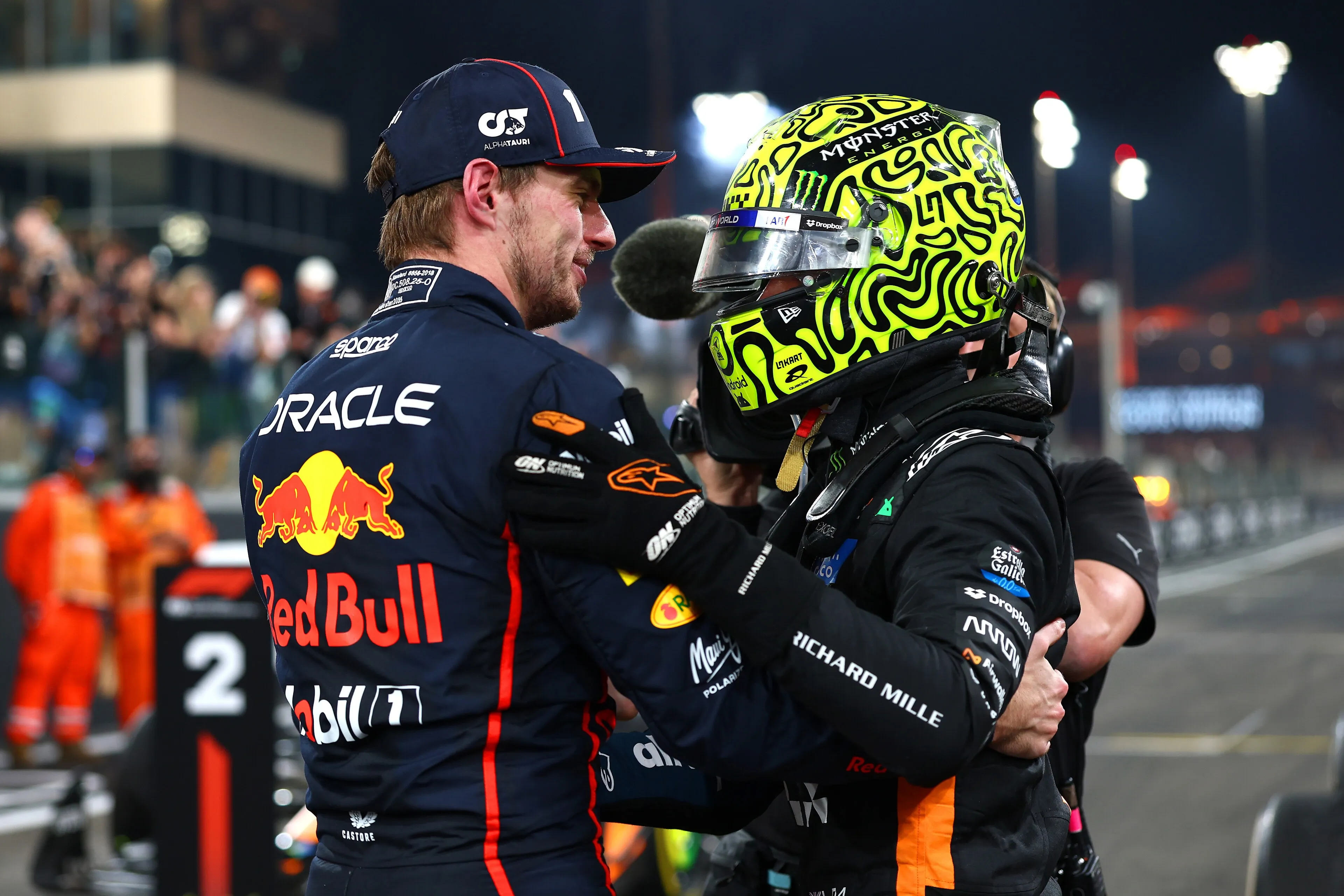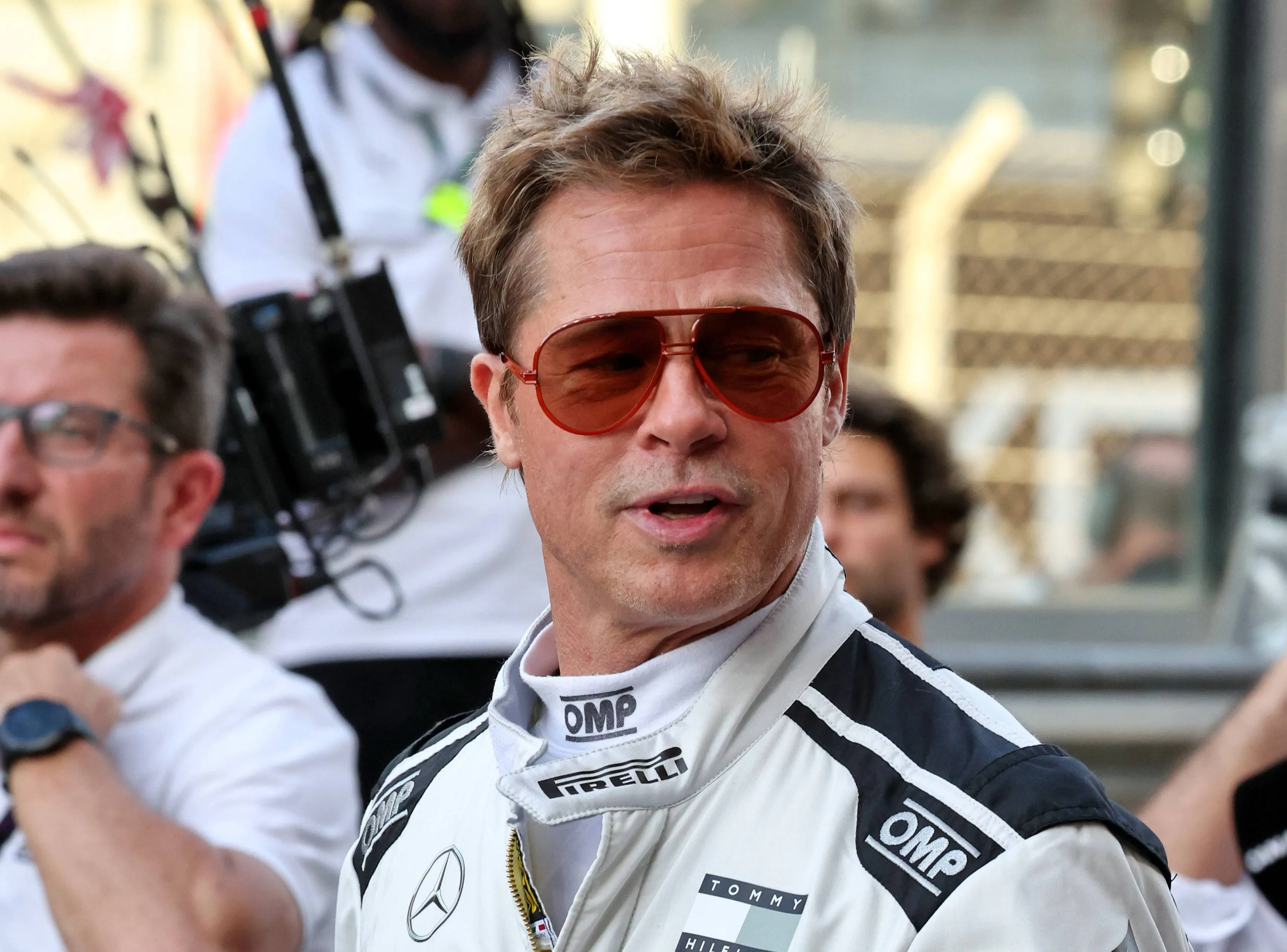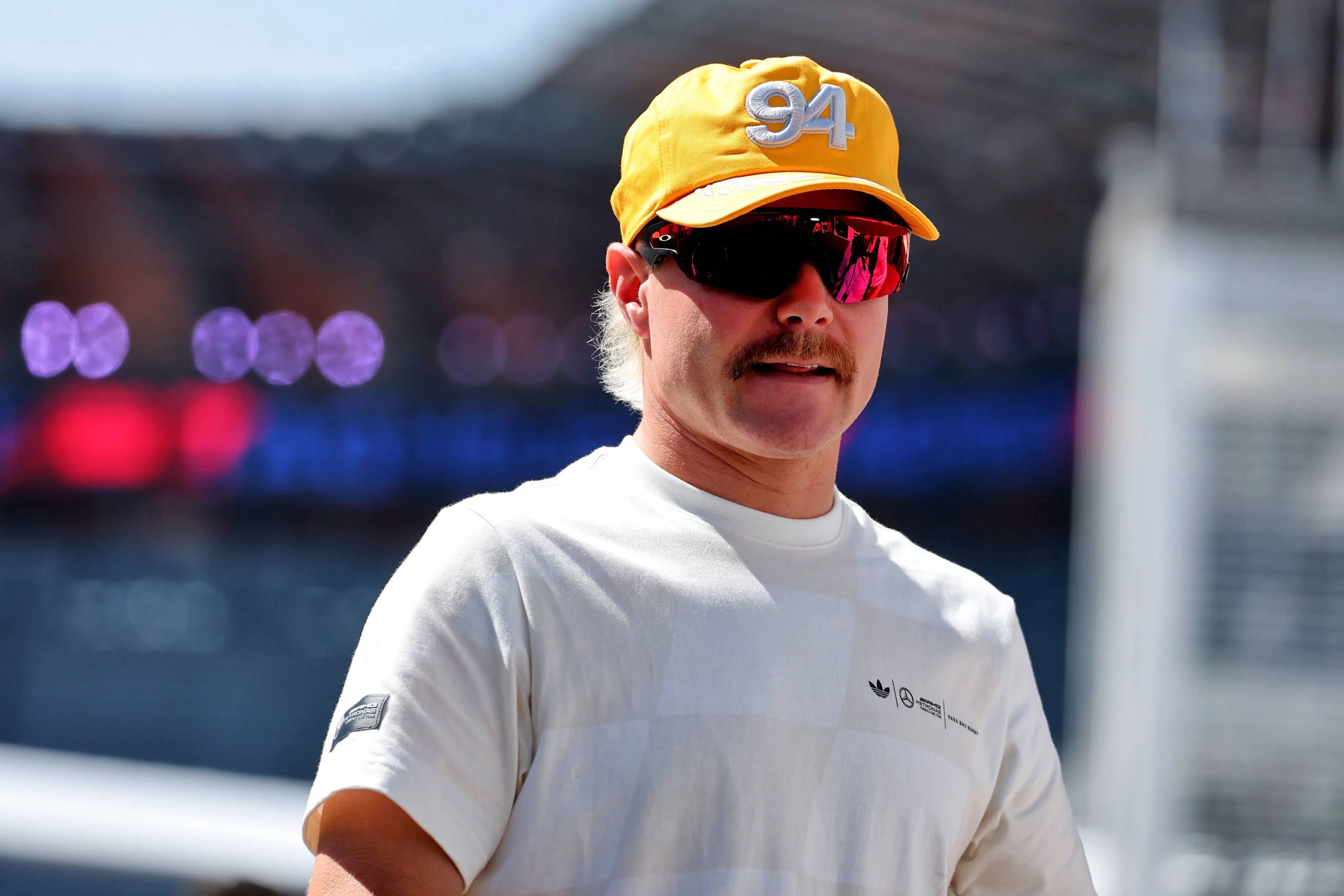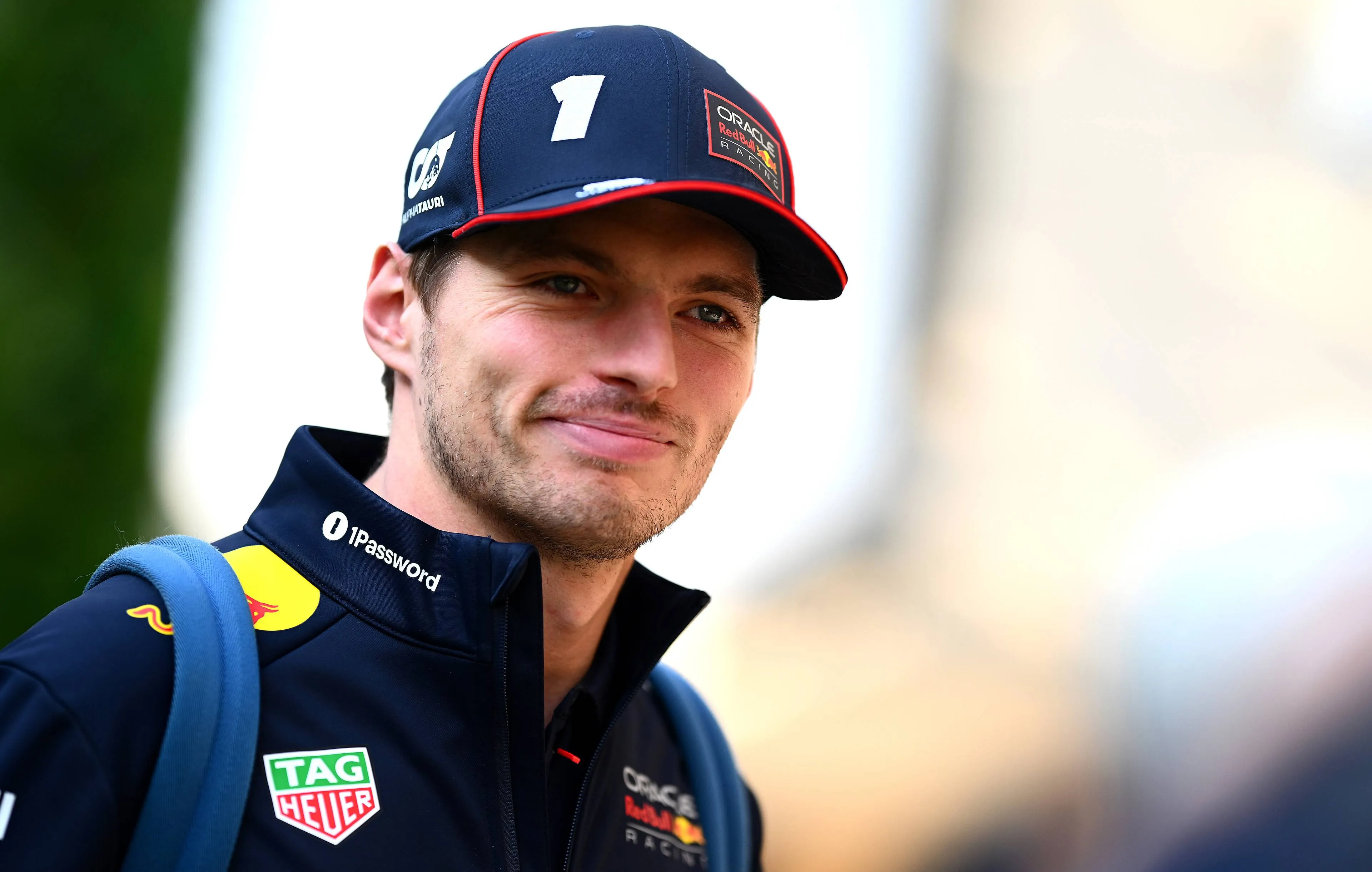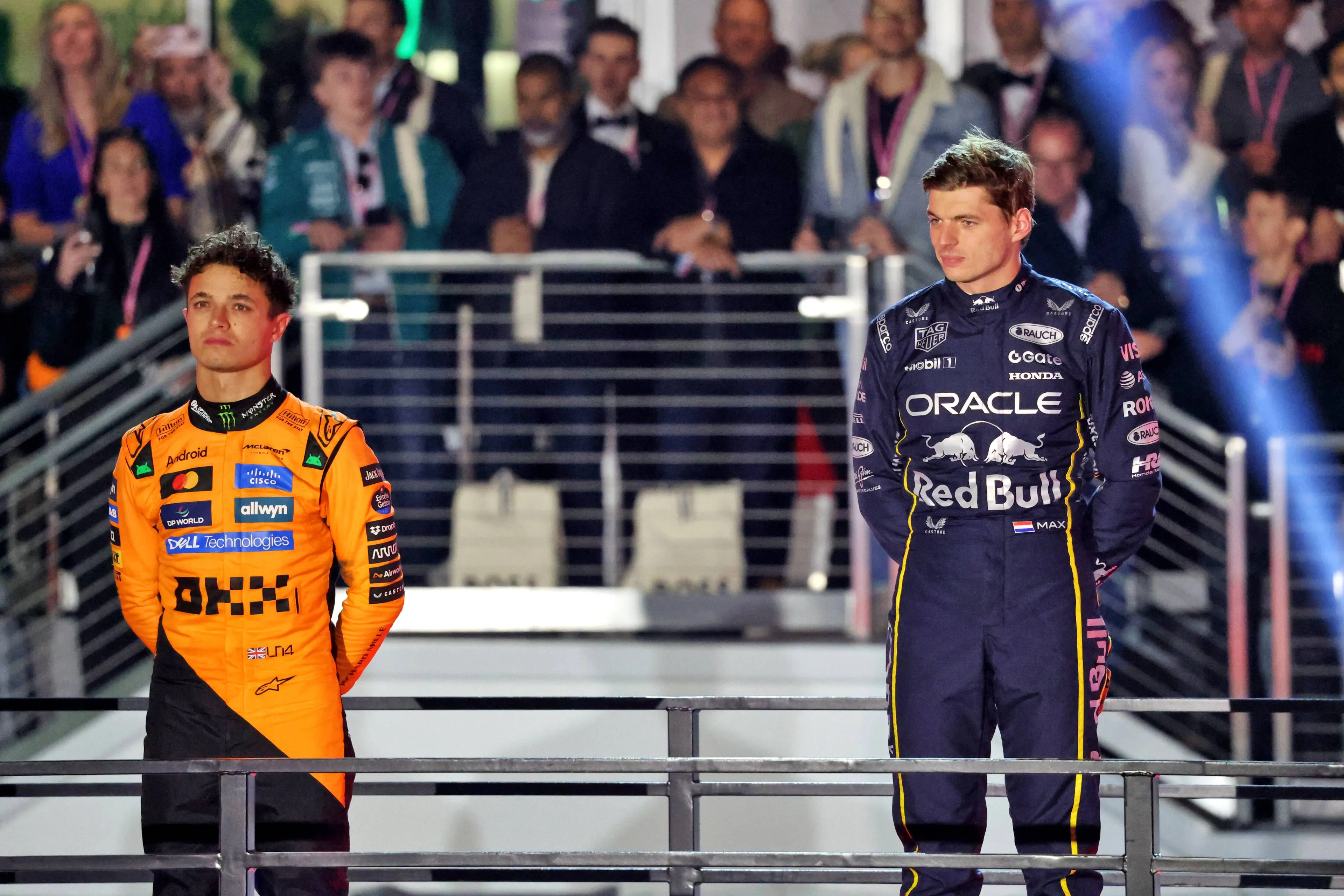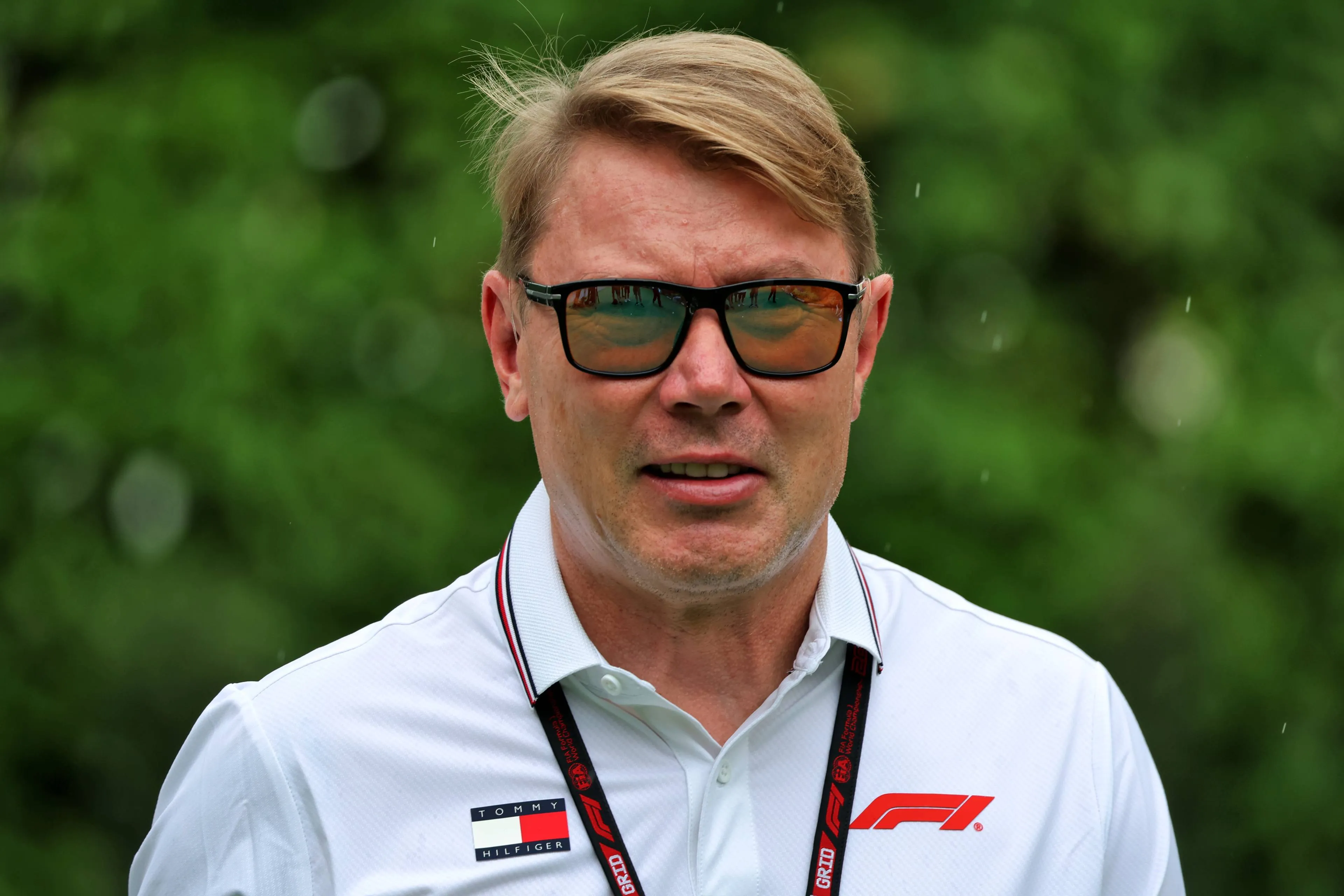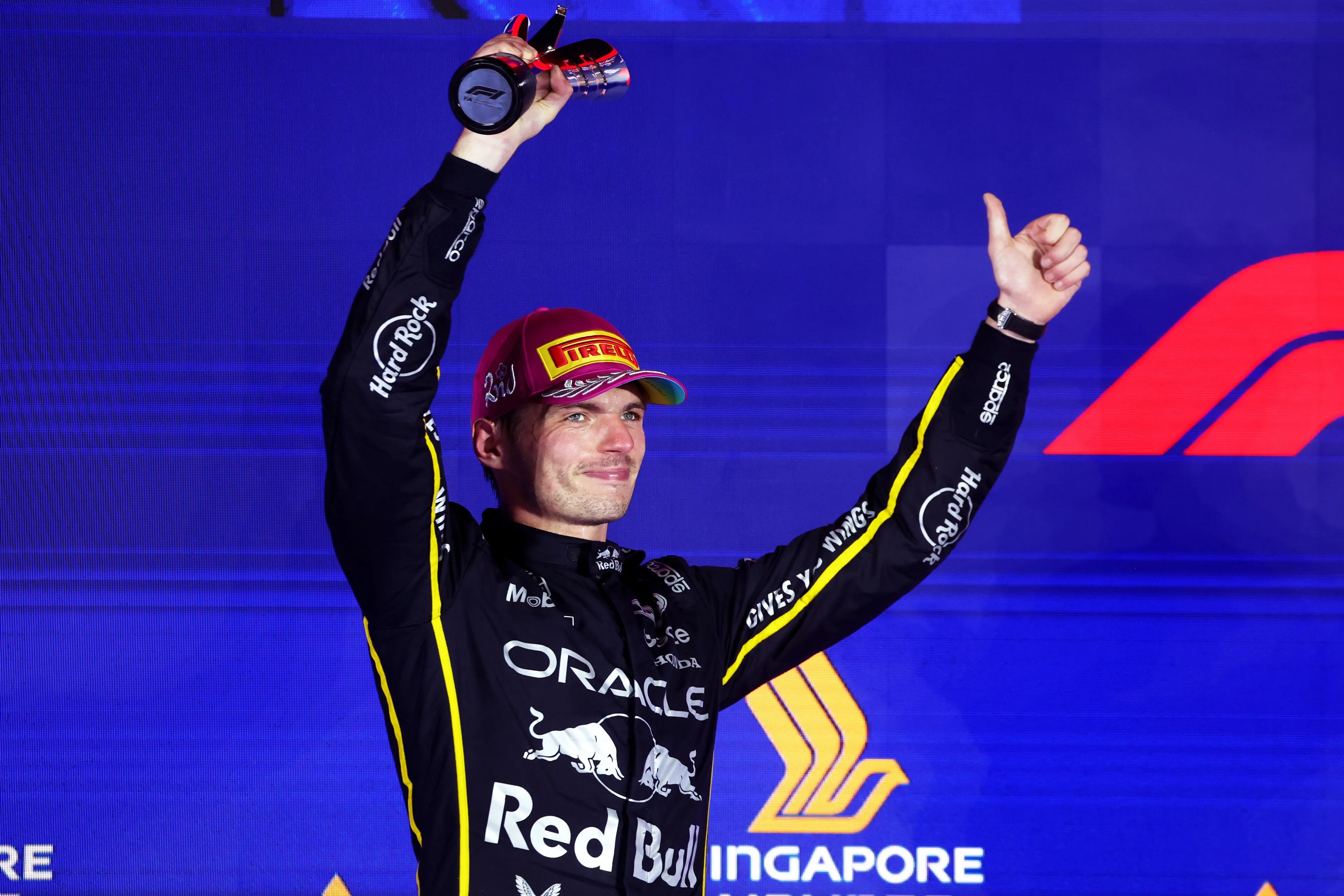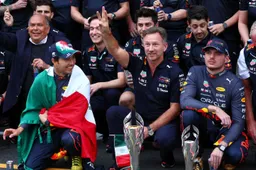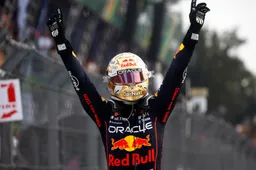Analysis | Would this strategy have allowed Hamilton to beat Verstappen?
09:14, 31 Oct 2022
7 Comments
Mercedes made the wrong strategy call by using hard tyres to complete the Mexico Grand Prix. Meanwhile, Daniel Ricciardo and McLaren aced the strategy and provided the blueprint that Mercedes should’ve selected given their starting tyre choice. Sport and Formula 1 is all about what could’ve and should’ve happened, though on this occasion there are no guarantees it would've changed the result given how strong Verstappen and Red Bull were with their tyre management.
Lewis Hamilton might have thought ‘oh shoot’ when he saw the tyre blankets come off the Red Bull and Ferrari cars, but starting on the mediums wasn't the worst option. Sometimes it is good to do something different, especially when you don’t have the quickest car on the circuit. Perhaps Mercedes should’ve split this strategy between their two drivers like they did for the Spanish Grand Prix.
The medium tyres proved to be good enough for Hamilton to hold the position at the start against drivers behind on the quicker softer tyre. He even advanced a place because of Russell’s mistakes going over the kerbs at the chicane. The medium tyre, against Verstappen soft, was quick enough for Hamilton to hold the gap at 1.5 seconds for the opening 20 laps of the race.
Daniel Ricciardo, who also started on the medium tyres, was also able to hold his position on the medium tyres. He too gained one place at the start and stayed in 12th place until the pit window opened for the midfield. He then advanced slowly to 7th place as teams made their pitstops. In the opening 20 laps, the Australian lapped consistently. He was on either side of the 1:24.6 mark.
Ricciardo was able to maintain this pace up until lap 42 when he slipped in a 1:24.9. McLaren then asked for a quick in-lap. Going much longer on the medium tyres, until lap 44, meant that Ricciardo could use the softs until the end of the Grand Prix.
On the hard tyres
Mercedes selected the hard tyre with the thought that Red Bull wouldn’t be able to manage the medium tyre until the end of the race. But this was something Verstappen was easily capable of, especially on the lower fuel settings as the race went deep. If Ricciardo could manage to lap 44 on the higher fuel, then Verstappen could go much further on low fuel.
To help with the comparison, Ricciardo’s teammate Lando Norris stopped on lap 31 and had to switch to the hard tyres. Ricciardo was often lapping at more than one full second quicker than his British teammate, showing how much stronger the soft tyres were. On the track, Ricciardo was flying through the field. When slapped with a ten-second plenty, it looked as though he would drop out of the points but he managed to build up enough time that the penalty would make zero effect on his finishing place. Ricciardo was flying.
| Lap | Ricciardo | Norris | Delta |
| 52 | 1:22.8 | 1:23.7 | -0.9 |
| 53 | 1:22.7 | 1:23.9 | -1.2 |
| 54 | 1:22.8 | 1:25.4 | -2.6* |
| 55 | 1:22.8 | 1:27.1 | -4.3* |
| 56 | 1:23.4 | 1:25.4 | -2.0 |
| 57 | 1:22.6 | 1:23.5 | -0.9 |
| 58 | 1:23.0 | 1:23.8 | -0.8 |
| 59 | 1:23.4 | 1:23.9 | -0.5 |
| 60 | 1:24.4 | 1:23.8 | +0.6* |
| 61 | 1:22.8 | 1:24.1 | -1.3 |
| 62 | 1:22.7 | 1:24.0 | -1.3 |
| 63 | 1:22.7 | 1:24.1 | -1.4 |
*Marks an anomaly result.
This same trend continued after the safety car, with Ricciardo’s tyres dropping off slightly in the last two laps. His final lap was 1:23.3.
McLaren and Mercedes have two completely different car philosophies, maybe the Mercedes car is harder on the tyres and therefore wouldn’t have lasted as long as Ricciardo’s. But if the delta was the same, Hamilton would've been lapping around eight-tenths a lap quicker than Verstappen. The question then remains as to how much further would the longer stint have dropped Hamilton behind Verstappen. The Dutchman probably had more in the locker as well, and it might not have changed the result. But it certainly would’ve placed more pressure on the two-time World Champion.
Read more about:
Popular on GPBlog

1
Happy New Year! GPblog wishes everyone a healthy and happy 2026!
2207 times read
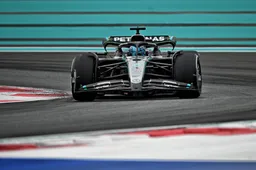
2
Two F1 teams kickstart year with new logos for the 2026 season
1556 times read
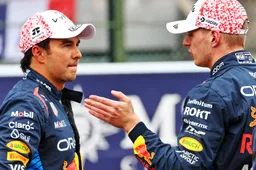
3
Verstappen delivers on 2025 promise with helmet gift for Sergio Perez
1250 times read

4
Kelly Piquet celebrates New Year with new photos of Verstappen with Lily
1119 times read
Loading


